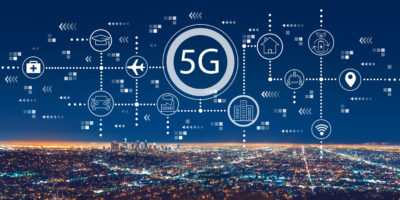The National Science Foundation (NSF), which has invested in foundational 5G research for the last decade, remarked that government agencies should model next-generation wireless rollouts after the Department of Defense (DoD). FedScoop reported that the DoD does not make its network widely available but taps into the benefits of 5G where and when it’s needed.
According to Thyaga Nandagopal, deputy division director with NSF, through the organization’s Platforms for Advanced Wireless Research program, testing is slated to begin in the next month around affordable rural broadband access. “The approach that the DOD has taken is very much tapping into the real benefit of 5G,” he said. “Which is, you can create a custom network that suits your needs in a very localized instance.”
Although testing of 5G is underway, legacy 4G infrastructure currently presents vulnerabilities, according to the Cybersecurity and Infrastructure Security Agency (CISA). Some risks include:
- Malicious attempts to influence the design of 5G networks,
- Deliberate or accidental introduction of vulnerabilities into the supply chain,
- Limited marketplace competition and solutions from untrusted vendors, and
- Increased attacks resulting from the volume of 5G-enabled devices.
FedScoop reported that CISA is addressing these challenges through collaboration with other government agencies, especially as countries (like China) are catching up to the U.S.’s 5G deployment. “We are still ahead,” Nandagopal said. “But there’s nothing like somebody right behind you to keep you running faster.”





Reader Interactions